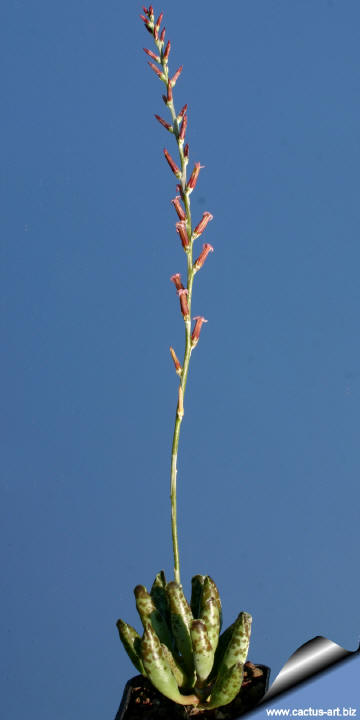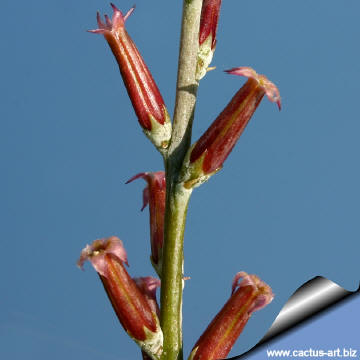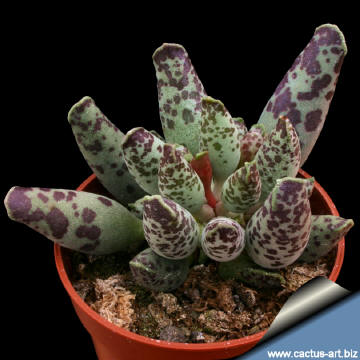-
x
Description
It is absolutely an adorable dwarf succulent, up to 7 cm tall. Family: Crassulaceae (Stonecrop Family) Scientific name: Adromiscus festivus C.A. Smith Origin: South Africa (High up on mountains in the Eastern Cape, Noorsveld) Common Names include: Plover eggs, Knuppelplakkie
| |
| Description: Dwarf succulent, up to 7 cm tall, leaves 2.5 to 5 cm long. Form groups of stems. Since this species has highly variable in leaf markings and colour, it is worth collecting many forms. | |
Cultivation: They prefer well-drained soil in a partially shaded position and require a minimum temperature 5°C (But hardy down to -7°C for short periods), with good drainage and dryness in winter to resist the cold. Let the soil dry between soaking, in the wild, it receives rain mostly in spring and fall. Must have very dry atmosphere. They are vulnerable to mealybugs and rarely scale. It is prone to rotting from the tuberous base or from dried inflorescences. As the plant matures, the centre becomes bare. When it does, restart it from side cuttings and throw away the central part. Propagation: Usually propagate from single leaves (leaf cuttings) or stem cuttings seed propagation is rarely used. Twist off a leaf and permit it to dry out a couple of days, lay it on the soil and insert the stem end partially into the soil. The original leaf should not be removed until it has dried up. Try to keep the leaf somewhat upright so that the roots are able to grow downward. If grown in a container, bottom watering by immersing the container is recommended.
| |
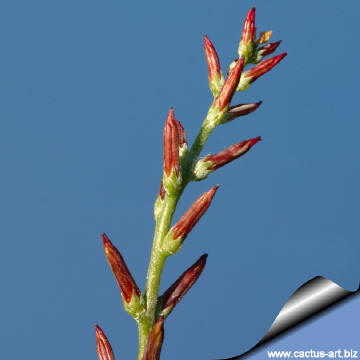 | 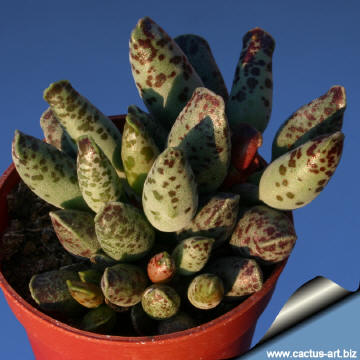 |
| | |

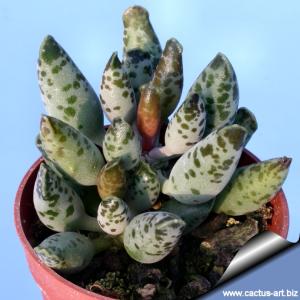
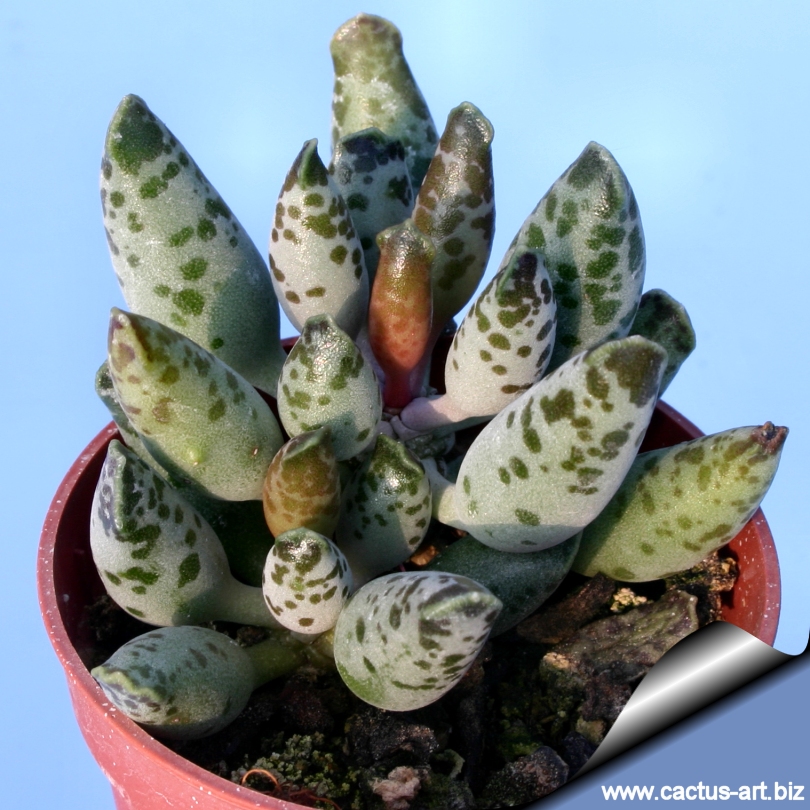 Adromischus festivus
Adromischus festivus 